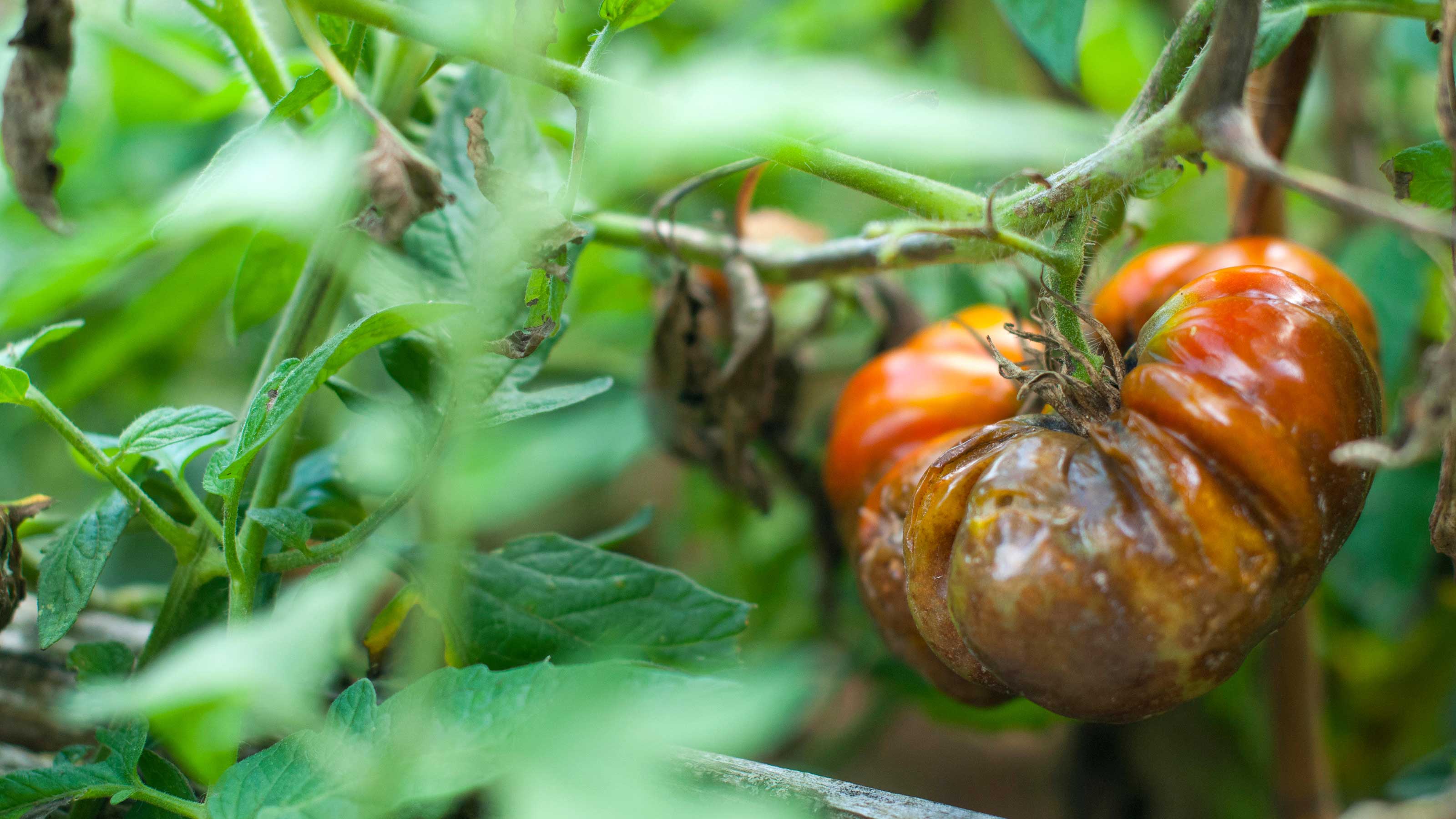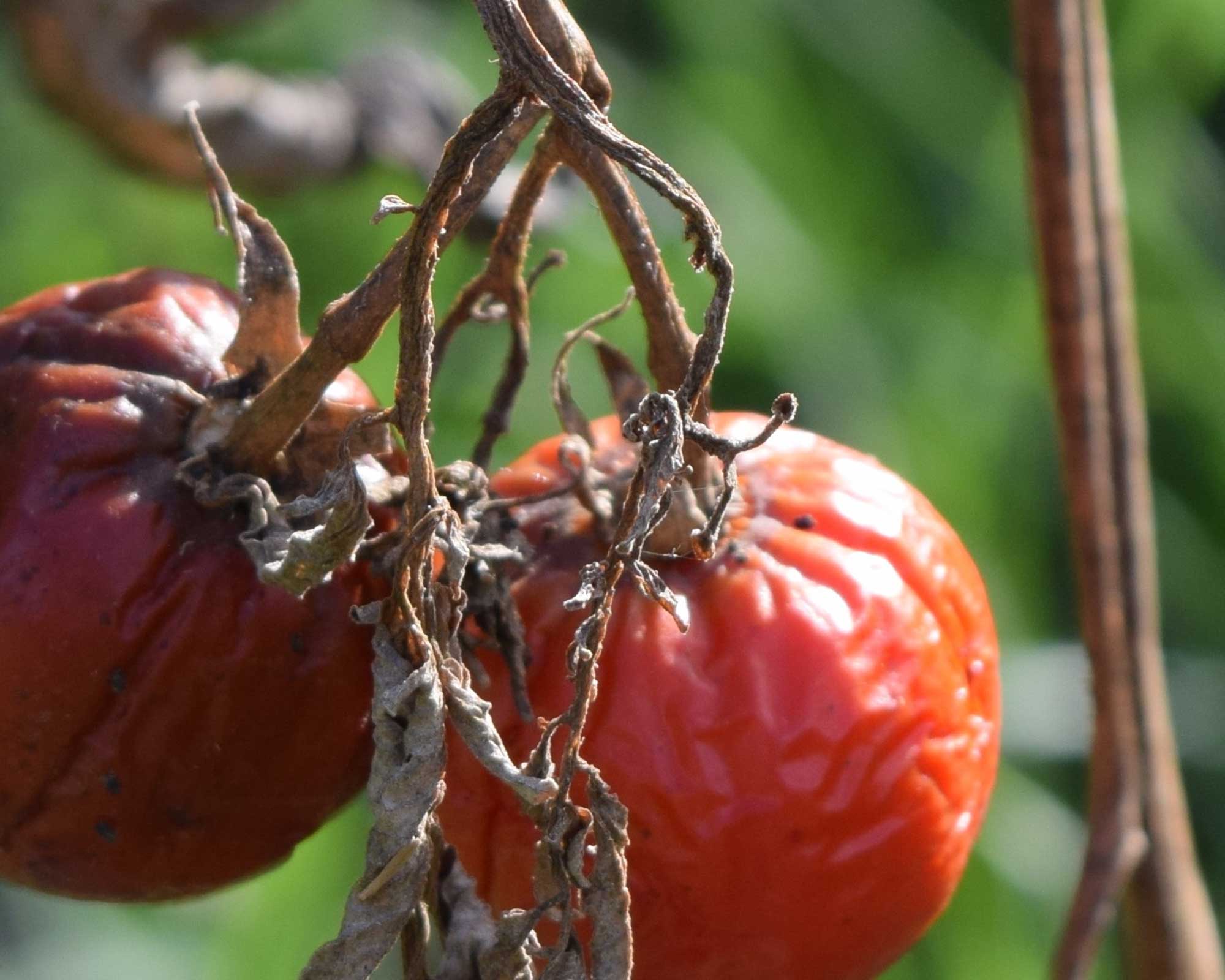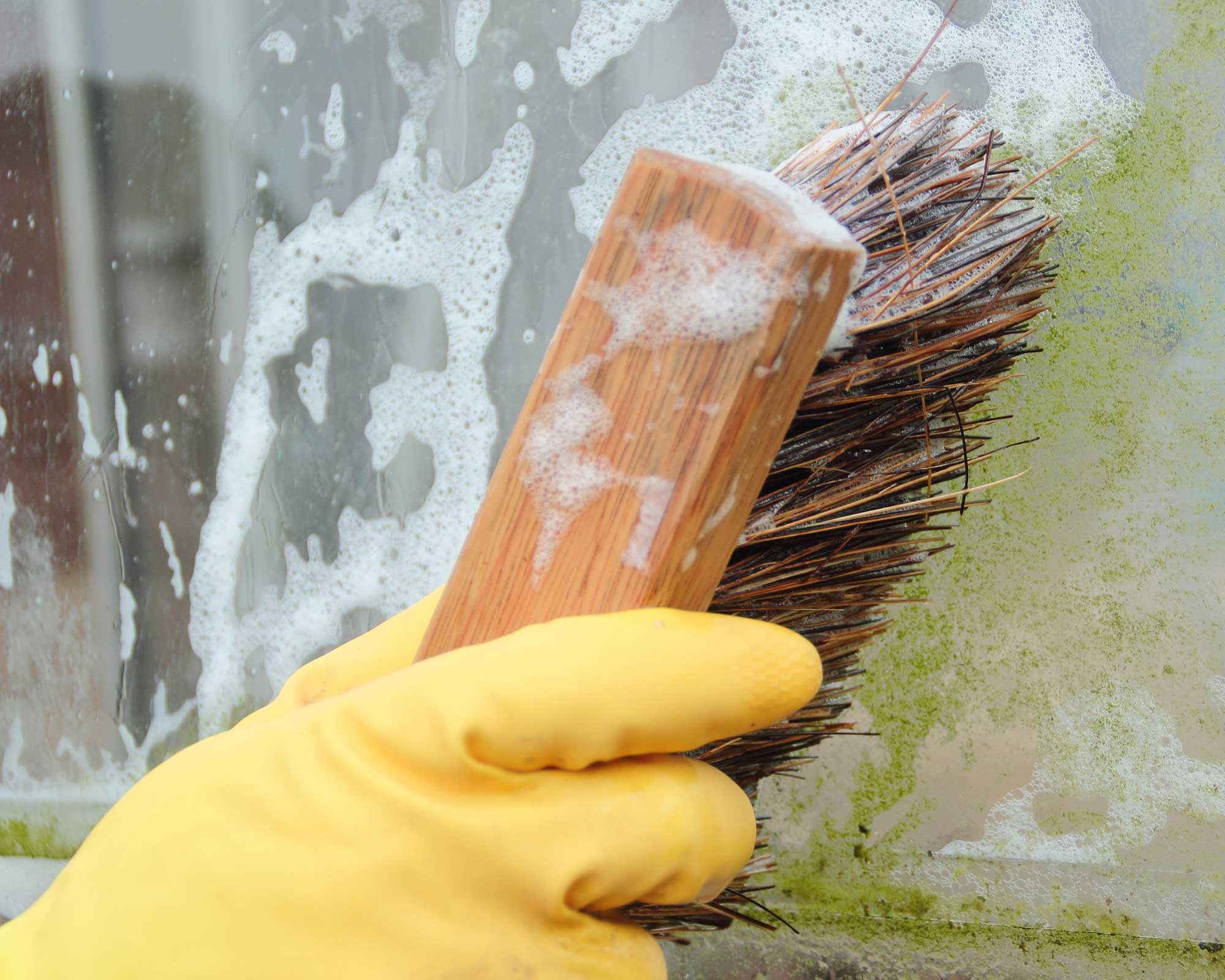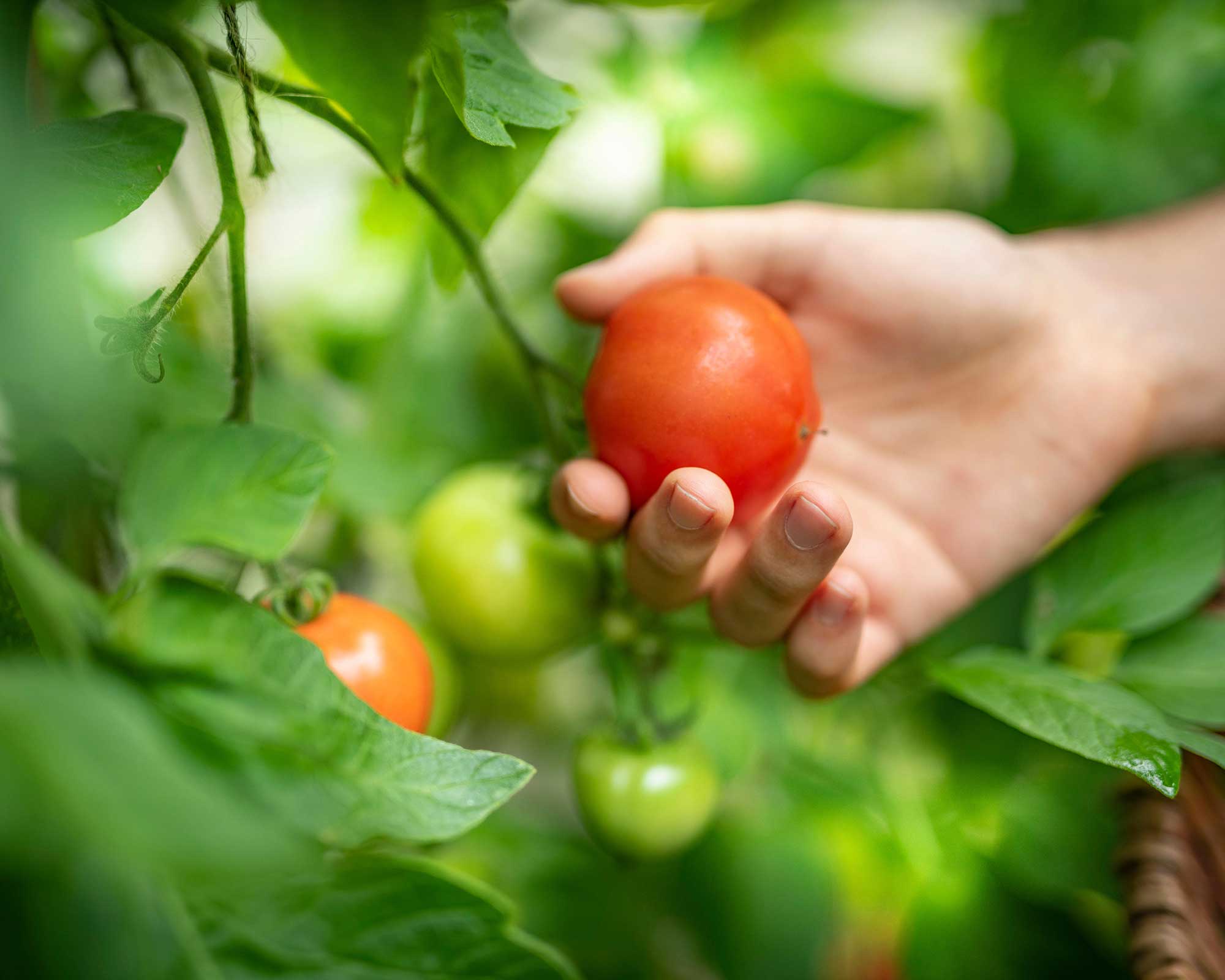Tomato blight: tips to prevent this common problem
With our advice, you can protect your crop from tomato blight and enjoy a delicious harvest this summer


It's likely you've heard about the woes of tomato blight, whether you're an experienced kitchen gardener or are just getting started with a few pots on your patio.
A fungal disease otherwise known as 'late blight', it can quickly wipe out entire crops before you get to enjoy the fruits of your labor. So, it's well worth reading up on how to prevent it from happening in the first place, as well as what you need to do should you spot an infection in your yard.
Taking steps to avoid blight is important once you've learned the basics in how to grow tomatoes if you want the best results from your harvest. This guide has everything you need to know.
What is tomato blight?
Tomato blight (Phytophthora infestans) is caused by a fungus-like organism that destroys plants from late summer onwards. You may have heard of potato blight, too, which is the same disease.
It is most troublesome with outdoor-grown tomatoes, such as those in raised garden beds, although those grown in a greenhouse can also suffer. Once plants become infected, the fruits and foliage quickly start to decay and the stems collapse.

How can you avoid tomato blight?
'The fungus that causes blight is encouraged by warm, wet weather and its spores are spread by air currents and water splash,' explains the Amateur Gardening experts.
'A film of moisture covering the leaves is necessary for the spores to take hold and infect the plant,' they continue. 'So, anything that can be done to prevent moisture sitting on the foliage will help, such as watering the ground directly and keeping air moving around the plants.'
Avoid overwatering or overfeeding your plants, as both can make tomatoes more vulnerable to disease, explains John Negus of Amateur Gardening. 'The compost should be well-drained and moist but not soggy.'
He also suggests feeding and watering in the morning, so plants don't sit in a damp environment through the night. 'If your plants are growing well and the leaves are a good color, try reducing the amount of feed,' he adds.

If you're deciding what to grow in a greenhouse, tomatoes make a great choice and are less susceptible to blight in this environment. However, keep doors and vents open as much as possible to encourage air movement to reduce condensation, says the Amateur Gardening team. It is also worth disinfecting the structure and glass during the winter to be sure of dealing with any spores. 'Jeyes Fluid is very effective,' they add.
Wherever you're growing your tomatoes, it's best to use fresh grow bags or compost each year, or sterilize the soil if planting them in beds.
'Unfortunately, there is little you can do to prevent the fungal spores from being released (they can travel quite some distance on air currents), so it is worthwhile considering preventative spraying,' the team adds.
'This should be done as soon as the first tomatoes have set, and then repeated according to the manufacturer's instructions. A copper-based fungicide is ideal.'

What should you do with tomatoes that are infected with blight?
If you see signs of this disease on your crop, you'll inevitably want to know how to treat tomato blight. Sadly, you may be disappointed: there is no cure.
'There is little you can do once the disease has appeared,' says the Amateur Gardening experts. 'But, it might be possible to slow the spread by removing infected leaves as soon as they are spotted.
'However, it is a fine balance and if too many leaves are removed, the plant has no means of photosynthesizing or drawing water up and therefore no means of providing nutrients or water to stems or developing fruits. This will effectively mean the death of the plant anyway.'
Generally, the tomatoes from blight-infected plants will still be safe to eat if you catch them early – simply remove any black spots first. They are not, however, recommended for canning or preserving.
If you spot an onset of blight, 'remove all healthy fruits and ripen them on trays in a shady spot indoors,' says John. Blight spreads quickly, so the sooner you harvest healthy fruits, the better.

The rest of the plant, including the roots, should be binned, burned, or buried at least 18in (45cm) deep in the ground. If you're a fan of DIY composting, don't be tempted to add them to your heap.
Blight spores can remain viable for up to 10 years, says the Amateur Gardening experts, so it's important to avoid planting tomatoes or potatoes in a spot where there was a previous infection. 'But, provided you are not planning to grow potatoes or tomatoes or related plants in the compost next year, all will be well,' says John.
'If plants are grown in the greenhouse border, remove 6in (15cm) of soil and spread it over a bed or border where tomatoes won’t be grown,' John continues. Remember to sterilize your greenhouse afterward.

Which types of tomato are resistant to blight?
The lack of an effective tomato blight treatment may seem disheartening, but there is a simple way to prevent it from happening in the first place: to grow blight-resistant crops in your kitchen garden or veg patch.
John explains how there are several blight-resistant tomato varieties to choose from. These include 'Crimson Crush', renowned for its ability to 'shrug off' this disease, and 'Mountain Magic', prized for its large, sweet fruits.
'Romello', a heavy-cropping cherry variety, and 'Ferline', a great favorite introduced several years ago, are also reliable growing picks. 'Primabella' is another delicious and high-performing cherry type.

The garden was always a big part of Holly's life growing up, as was the surrounding New Forest where she lived. Her appreciation for the great outdoors has only grown since then. She's been an allotment keeper, a professional gardener, and a botanical illustrator – plants are her passion.
